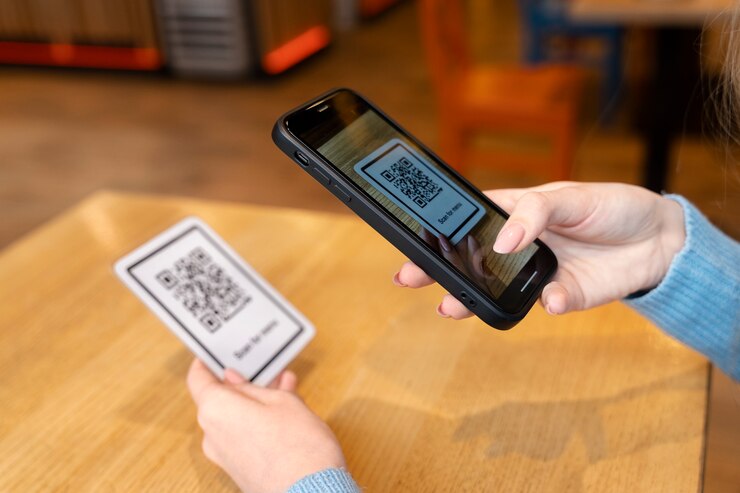Unlocking Efficiency: The Role of RFID Software in Library Management Systems

In the digital age, libraries are not just repositories of books but dynamic hubs of knowledge dissemination. To keep pace with the evolving needs of patrons and to streamline operations, libraries have turned to innovative solutions like RFID software. But what exactly is RFID software, and how does it revolutionize the traditional library management system?
RFID Software: A Game-Changer
RFID, or Radio Frequency Identification, is a technology that uses electromagnetic fields to automatically identify and track tags attached to objects. In libraries, RFID tags are embedded in books and other materials, allowing for seamless inventory management, self-checkout systems, and enhanced security.
At the heart of RFID technology lies RFID software, a sophisticated system that harnesses the power of RFID tags to improve the efficiency and effectiveness of library operations. This software enables librarians to catalog, track, and manage library resources with unparalleled accuracy and speed.
Key Features of RFID Software
- Inventory Management: Traditional methods of inventory management often involve labor-intensive manual processes. RFID software automates this task by enabling librarians to conduct quick and accurate inventory checks using RFID readers. This not only saves time but also reduces the likelihood of errors, ensuring that library collections are always up-to-date.
- Self-Checkout Systems: Gone are the days of waiting in long queues to borrow books. RFID software facilitates self-checkout systems, allowing patrons to borrow materials with minimal staff intervention. By simply scanning their library cards and the RFID-tagged items, patrons can complete transactions swiftly, enhancing their overall library experience.
- Security: Libraries must safeguard their collections against theft and unauthorized removal of materials. RFID software enhances security by providing real-time monitoring of library assets. If a tagged item passes through an exit without being properly checked out, the system triggers an alarm, alerting staff to potential security breaches.
- Data Analytics: RFID software collects vast amounts of data about library usage patterns, circulation trends, and popular resources. Librarians can leverage this data to make informed decisions about collection development, resource allocation, and service enhancements. By gaining insights into patron behavior, libraries can tailor their offerings to better meet the needs of their communities.
What Is a Library Management System?
A library management system (LMS) is a comprehensive software solution designed to automate and streamline library operations. It serves as the backbone of library administration, encompassing functions such as cataloging, circulation, acquisitions, and patron management.
Key Components of a Library Management System
- Cataloging: LMSs provide tools for cataloging library materials, including books, journals, multimedia resources, and digital assets. Catalog records contain essential metadata such as title, author, subject, and classification, enabling patrons to locate items efficiently.
- Circulation: Circulation management is at the core of LMS functionality. From checking out and returning items to placing holds and managing overdue fines, LMSs automate the entire circulation process, ensuring smooth transactions for both patrons and staff.
- Acquisitions: LMSs facilitate the acquisition of new materials by enabling librarians to create purchase orders, track budgets, and manage vendor relationships. Integration with online catalogs and electronic resource management systems streamlines the acquisition workflow, allowing libraries to expand their collections seamlessly.
- Patron Management: LMSs maintain comprehensive patron records, including contact information, borrowing history, and preferences. By managing patron data effectively, libraries can personalize services, track usage patterns, and cultivate patron engagement.
The Synergy of RFID Software and Library Management Systems
When integrated seamlessly, RFID software and LMSs create a synergistic environment that optimizes library operations and enhances user experiences. RFID technology automates routine tasks, such as inventory management and self-checkout, freeing up staff time to focus on higher-value activities like patron outreach and programming.
Moreover, the data generated by RFID software enriches the functionality of LMSs, providing librarians with valuable insights into collection usage, patron behavior, and resource allocation. Armed with this knowledge, libraries can adapt and innovate to better serve their communities in an increasingly digital world.
Conclusion
RFID software represents a paradigm shift in library management, offering unparalleled efficiency, security, and data-driven insights. By embracing this transformative technology and integrating it with robust library management systems, libraries can stay ahead of the curve and continue to fulfill their vital role as gateways to knowledge and culture.




